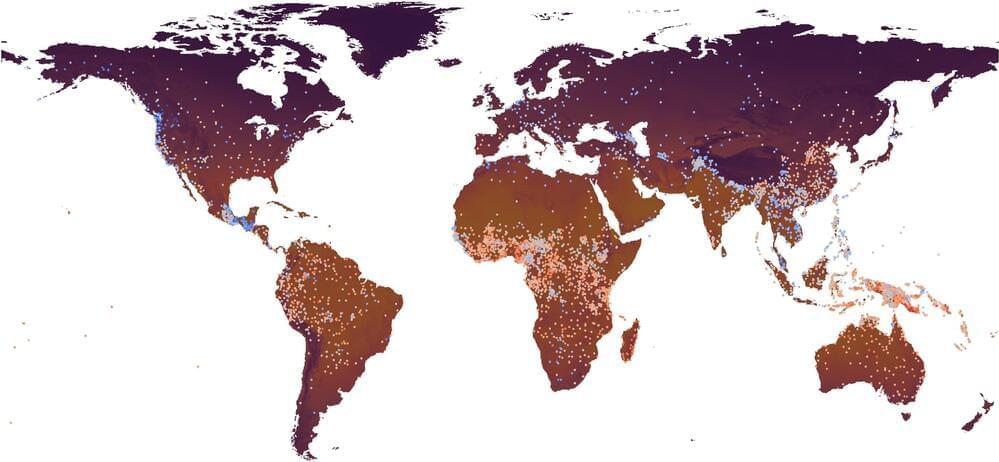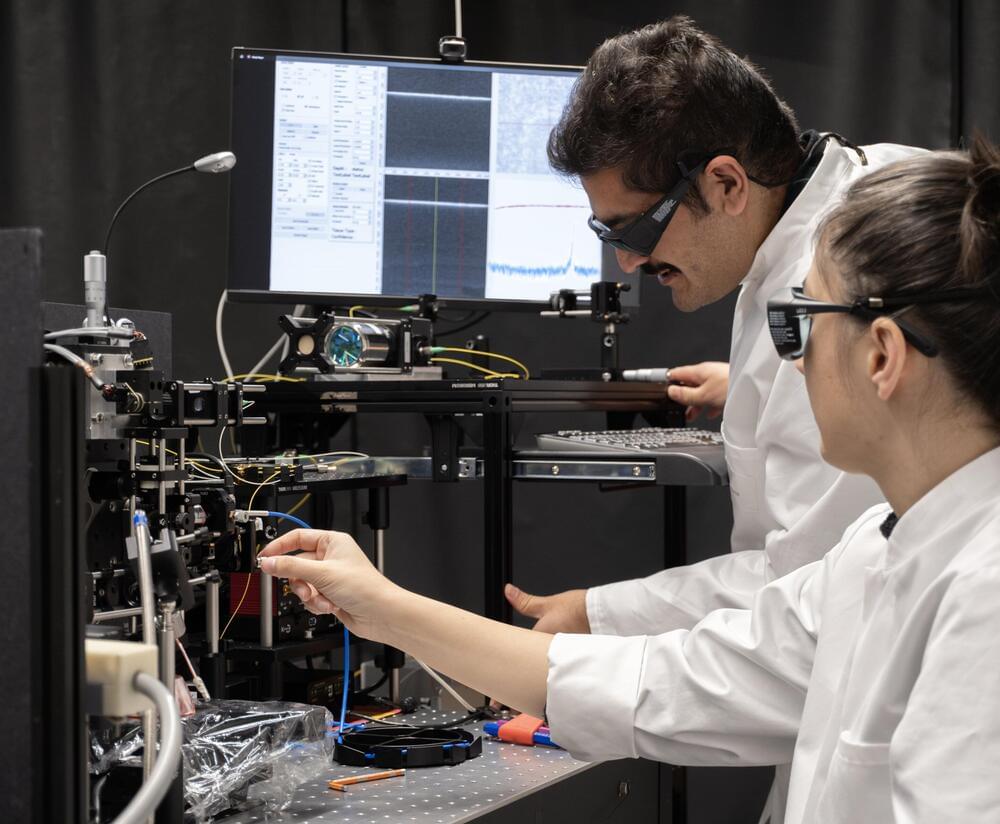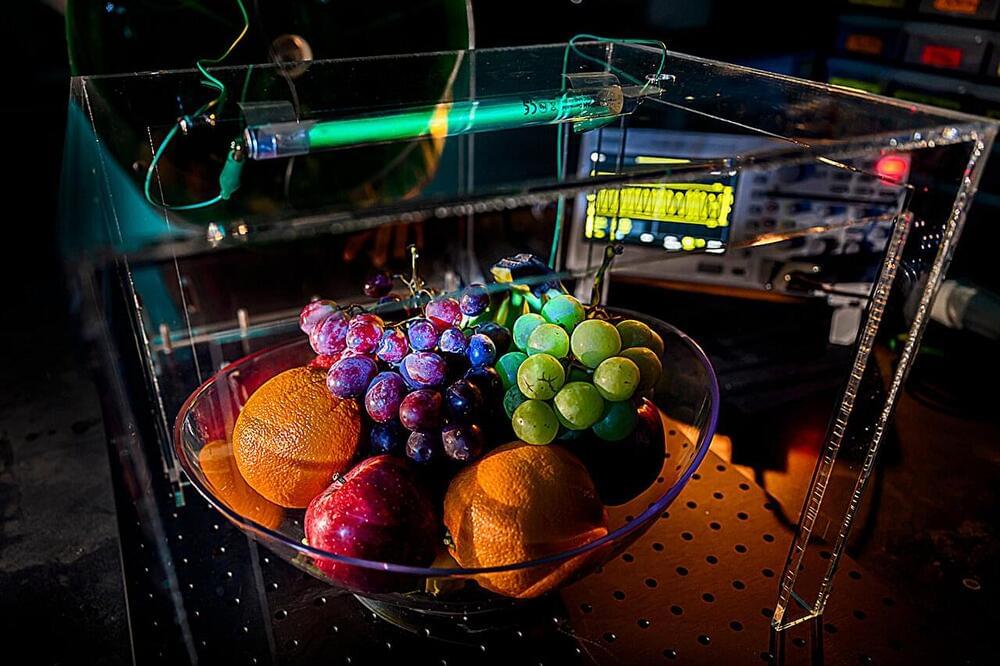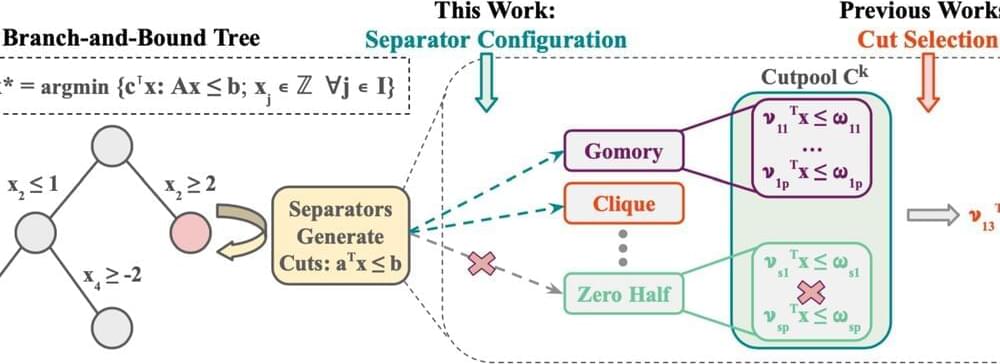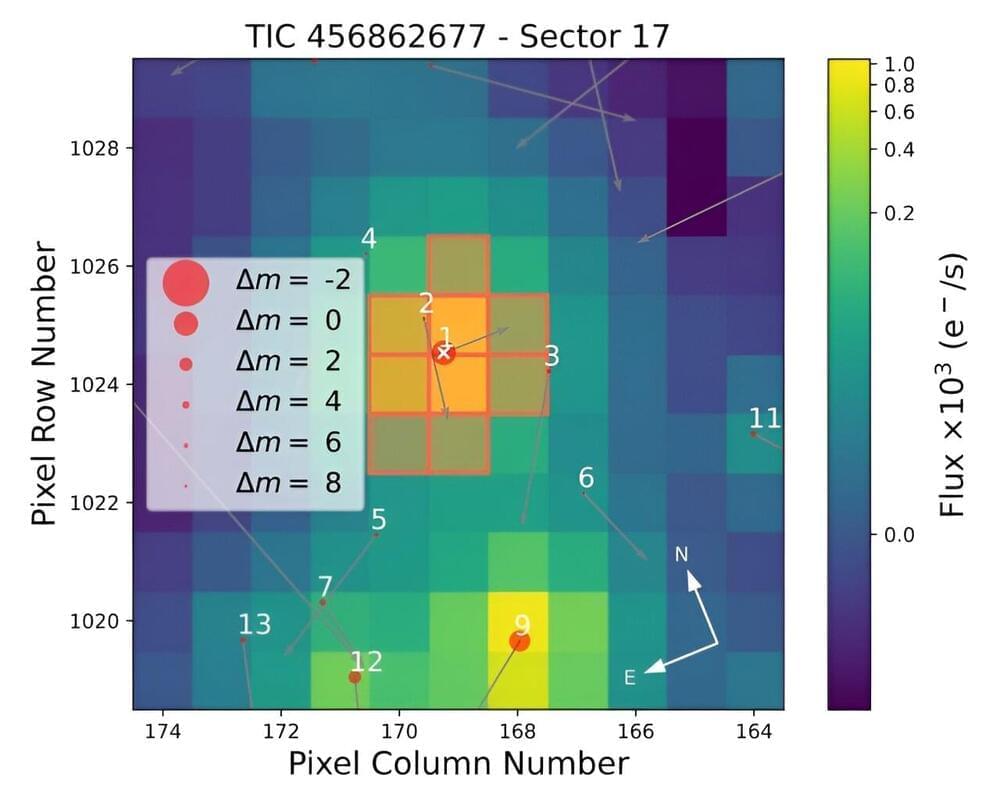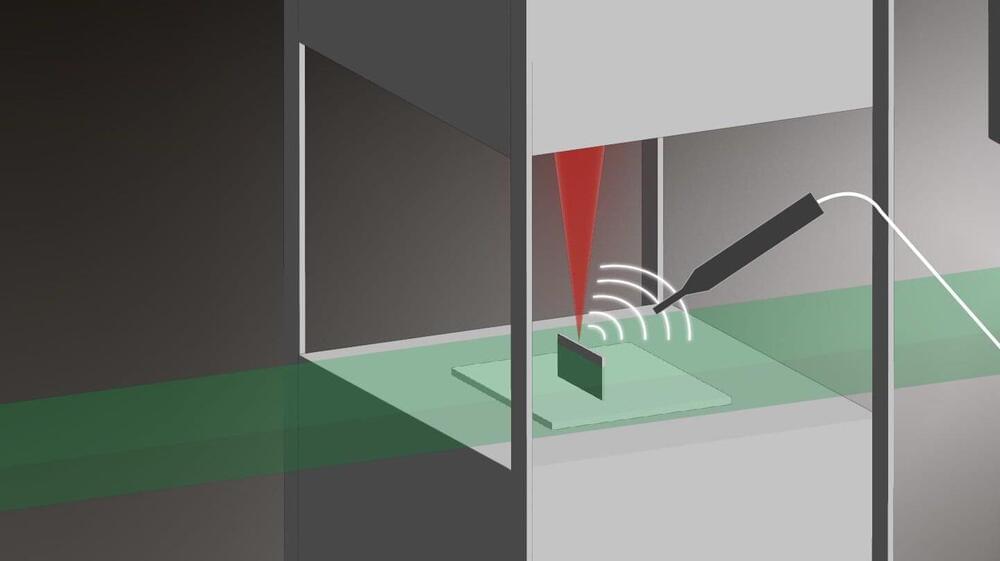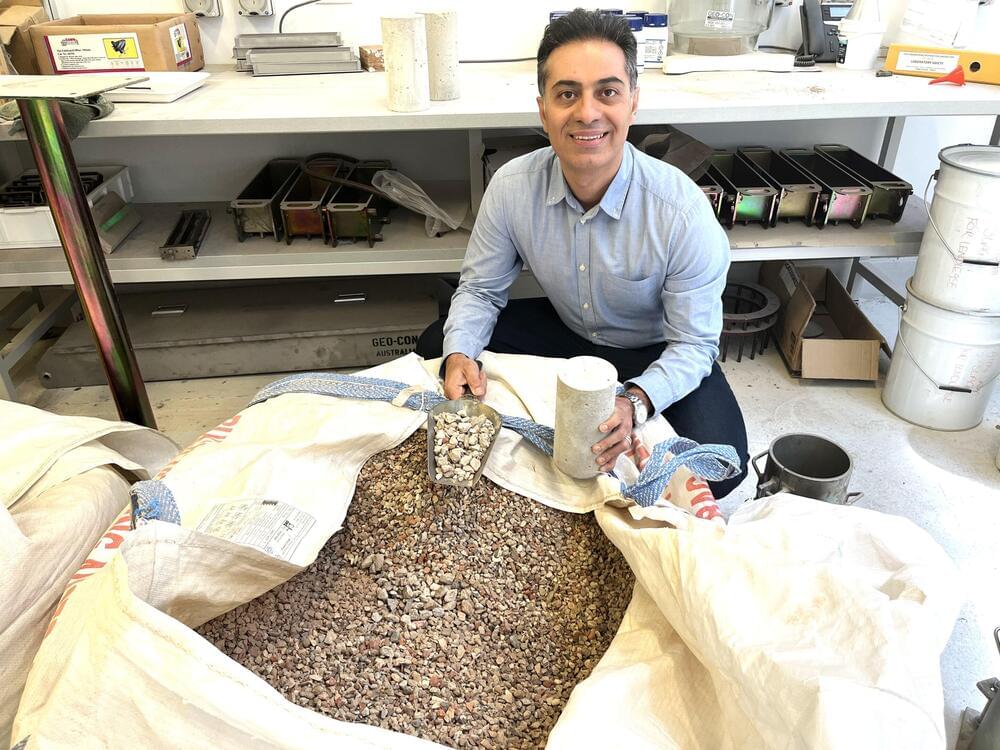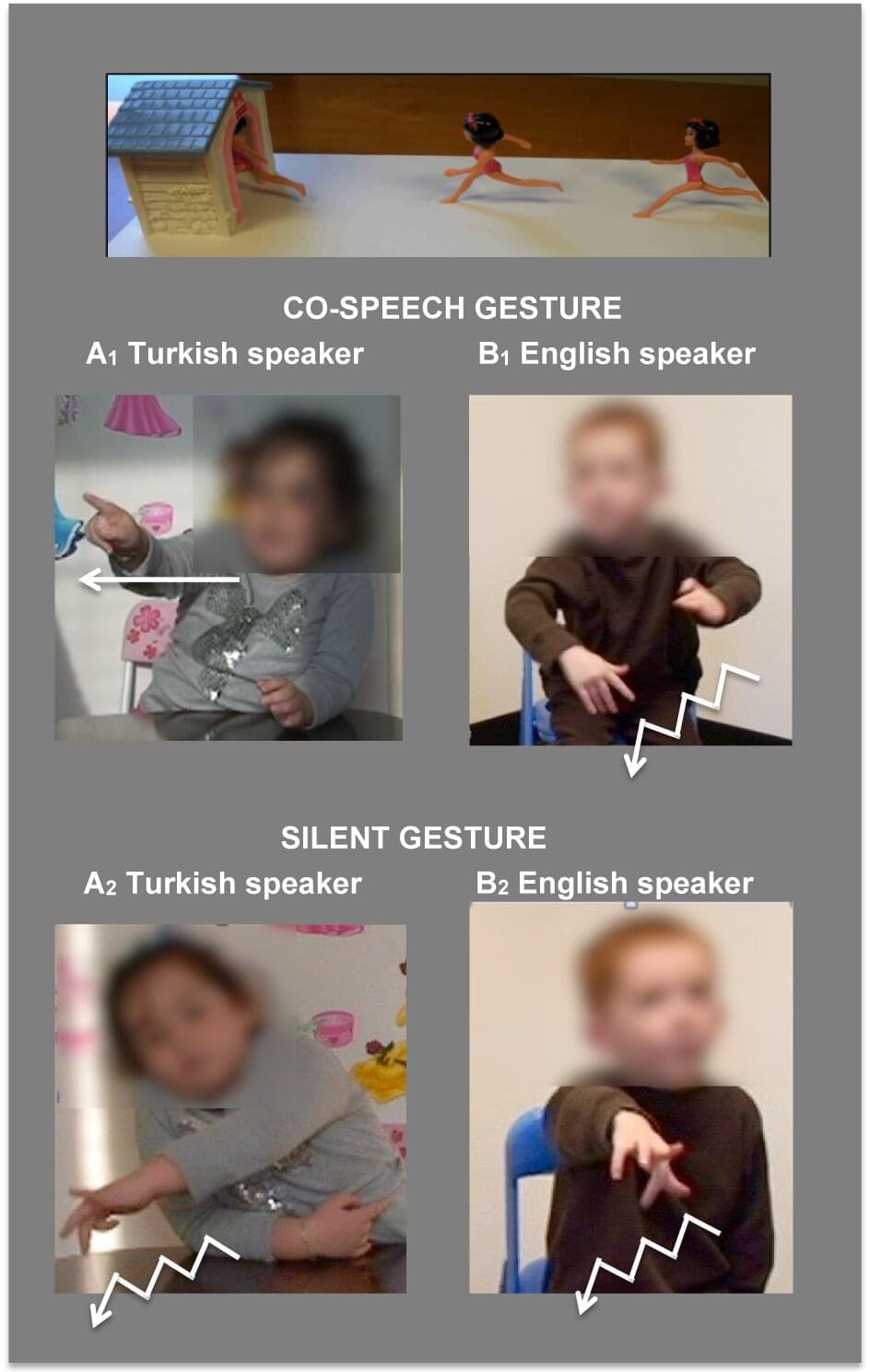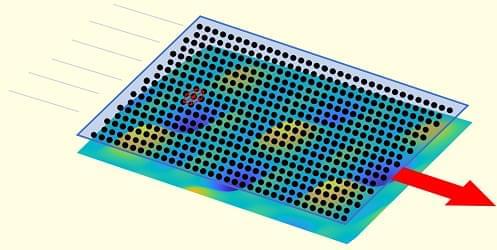Dec 5, 2023
Linguistics study claims that languages are louder in the tropics
Posted by Saúl Morales Rodriguéz in category: transportation
Languages are a key factor in human societies. They connect people, serve as a vehicle to pass on knowledge and ideas, but they also distinguish between different groups of people. Languages can therefore tell us a lot about the societies that use them. As languages are constantly changing, it is important to know the factors that play a role in this. Scientists can then reconstruct past processes on the basis of languages.
In a study published today (Dec. 5) in the online journal PNAS Nexus, Kiel linguist Dr. Søren Wichmann, together with colleagues from China, demonstrates that average ambient temperatures influence the loudness of certain speech sounds. “Generally speaking, languages in warmer regions are louder than those in colder regions,” says Dr. Wichmann.
The basic idea behind the study is that we are surrounded by air when we speak and listen. Spoken words are transmitted through the air as sound waves. The physical properties of air therefore influence how easy it is to produce and hear speech.
